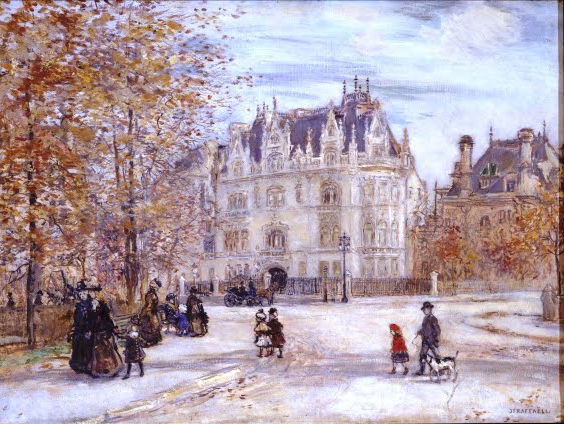THE FLETCHER-SINCLAIR MANSION
Nestled in the midst of “Museum Mile”, the history of the Fletcher-Sinclair mansion dates back to 1898 when Isaac Fletcher, a banker and railroad investor, commissioned the renowned architect C.P.H. Gilbert to build a house using William K. Vanderbilt’s neo-Loire Valley chateau as its model on the property which was originally the Lenox farm.
Mr. Fletcher and his wife Mary, lived in the house until his death in 1917. By the terms of his will the mansion was donated to the Metropolitan Museum of Art.
IN 1920, in order to create The Fletcher Fund for adding prints and drawings to the collection, the Metropolitan Museum sold the mansion to Harry F. Sinclair, founder of the Sinclair Oil Company. Sinclair and his wife Elizabeth left the french renaissance-style Mansion virtually untouched, other than having the Estey Organ Company install a three-manual, automatic roll player pipe organ in 1922.
In 1930 Sinclair sold it to Augustus Van Horne Stuyvesant, Jr., the last direct male descendant of New York governor, Peter Stuyvesant. A bachelor and recluse, Stuyvesant occupied the mansion with his unmarried sister until her death in 1938 then lived out his remaining years until 1953 with just a butler and footman to serve him.
Mr. Fletcher was so pleased with his new home that he hired Jean Francois Raffaelli to paint a portrait of it. The painting, the mansion and Fletcher’s extensive art collection were all eventually bequeathed to the Metropolitan Museum of Art in 1917.

